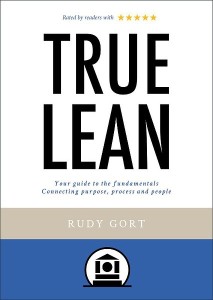 With the book True lean – Your guide to the fundamentals connecting purpose, process and people written by Rudy Gort you get a concise but complete and clear overview of and insight into lean. What is it, what can you do with it and how did it come about?
With the book True lean – Your guide to the fundamentals connecting purpose, process and people written by Rudy Gort you get a concise but complete and clear overview of and insight into lean. What is it, what can you do with it and how did it come about?
The book is divided into three parts. The first part examines the origin of lean in order to understand the philosophy behind lean. We get a brief overview of a number of approaches (including agile, BPR, co-creation, kaizen, supply chain cooperation, operational excellence, Scrum, Six Sigma, TQM) and how these approaches relate to the lean philosophy. In the second part, the main elements of lean are explained using the house-of-lean and larded with many practical examples and literature references. The last part elaborates on the power of lean.
Much of lean originates in Japan and more specifically at the factories of the Toyoda family. In chronological order:
- Yōzan (harunori) Uesugi (1751-1822) used the philosophy of tell them, show them, let them do it, and praise them
- Sakichi Toyoda (1867-1930) puts jidoka in the front. Quality must be an integral part of the process, the process must automatically stop in case of errors (andon), and the system must be mistake proof (poka-yoke). In addition, Sakichi Toyoda believed that his company should contribute to society (purpose).
- Kiichiro Toyoda (1894-1952): was of the opinion that one should think beyond personal interests and should think in the organization’s long-term interests and take personal responsibility for problems.
- Eiji Toyoda (1913-2013): build the new car factory based on just-in-time concept (JIT) and a kanban system.
- Taiichi Ohno (1912-1990): was the man behind the Toyota Production System (TPS); one-piece flow and pull, management by sight, and 100% operable rate.
- Ass sources of inspiration they used Henri Ford’s flow principle and operational excellence and Edwards Deming’s improvement cycle PDCA, extended by Toyota with “Go and See” resulting in an incremental continuous improvement process (kaizen).
- Fujio Cho, a student of Taiichi Ohno, develops the house metaphor.
- John Krafcik (1988) introduces the word ‘lean’.
Lean is the label that researchers have put on the way of thinking and acting that Toyota encountered. The underlying culture is called the Toyota Way and is based on continuous improvement (challenge, kaizen, Genchi Gembutsu) and respect for people (respect, teamwork), the heart and soul of the lean management system.
To position the principles or main elements of lean, the house of lean is used as a metaphor, in which the firm base to build on stands for purpose, the roof stands for value, the foundation for stability, the two pillars for built-in quality and timeliness and the residents of the house for behavior (see also the quick reference card QRC Lean). 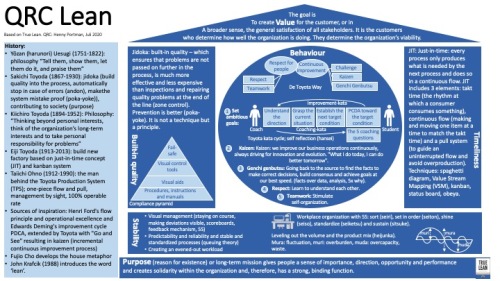 To downloaden: QRC (True Lean, 200717) v1.0
To downloaden: QRC (True Lean, 200717) v1.0
Purpose (firm base) or long-term mission gives people a sense of importance, direction, opportunity and performance and creates solidarity within the organization and, therefore, has a strong, binding function.
The goal is to create value for the customer, or in a broader sense, the general satisfaction of all stakeholders. To achieve this, an organization must have an inspiring vision of the future. It is the customers who determine how well the organization is doing. They determine the organization’s viability.
Stability (foundations) stands for predictability and reliability and stable and standardized processes. By means of visual management by using scoreboards and feedback mechanisms to stay on course and to make deviations visible, helps to create an evened-out workload. Through the five steps of workplace organization with 5S: sort (seiri), set in order (seiton), shine (seiso), standardize (seiketsu) and sustain (sitsuke) the workplace can be organized logically and create ownership of it. In addition, uniformity can be created by leveling out the volume and the product mix (heijunka). Mura stands for unevenness, fluctuation, variability, muri for overload or overburden and muda for overcapacity or waste.
Built-in quality and timeliness (the pilars) represent jidoka and just-in-time. Jidoka or built-in quality ensures that problems are not passed on further in the process, is much more effective and less expensive than inspections and repairing quality problems at the end of the line (zone control). It is not a technique but a principle. Prevention is better (poka-yoke). Just-in-time (JIT) means that every process only produces what is needed by the next process and does so in a continuous flow. JIT includes three elements: takt time (the rhythm at which a consumer consumes something), continuous flow (making and moving one item at a time to match the takt time) and a pull system (to guide an uninterrupted flow and avoid overproduction). Frequent use is made of techniques such as the spaghetti diagram, Value Stream Mapping (VSM), kanban, status board, and obeya.
Behavior (the residents of the house) can be characterized by five aspects. Everyone must set ambitious goals (improvement kata, coaching kata). Kaizen, to improve business operations continuously, and always driving for innovation and evolution. “What I do today, I can do better tomorrow”. Genchi genbutsu: going back to the source to find the facts to make correct decisions, build consensus and achieve goals at our best speed. (facts over data, analysis, 5x why). Respect by learning to understand each other and finally self-organization needs to be stimulated (teamwork).
The last part describes the power of lean. How it can be done faster, better and cheaper without a trade-off between quality and productivity and with unsurpassed flexibility. By reducing lead time and focusing on flexible production lines, quality, customer relationships, productivity and resource and space utilization are all improved. Only the employees themselves can continuously improve their work through commitment and remain motivated as a result. In addition, lean increases the innovation ability of the organization through effective, organization-transcending way of sharing knowledge with the various suppliers and partners and by creating designs and processes that support both high quality and easy production (design for assembly). Finally, the true power of competitiveness and lean is a learning organization. Lean is based on emergent learning in the most efficient way possible. A learning organization does not only learn. Above all, it learns how to learn using short-cyclic learning, knowledge management (explicit, tangible or written knowledge, but more about implicit knowledge gained through experience) and mentor-apprentice relationships.
The book concludes with a quote from the author himself “Lean is not a destination, but a way of traveling.”
Conclusion. A very readable and freshly designed book with many references to articles, videos (using QR codes) and other, sometimes groundbreaking books about lean or lean concepts. To get a concise but complete picture about lean – what is it, what can you do with it and how did it come about? – this is a great starting point and I highly recommend it.
Youtube: How Toyota changed the way we make things
To order (managementbook.nl): True lean – Your guide to the fundamentals connecting purpose, process and people
To order (bol.com): True lean – Your guide to the fundamentals connecting purpose, process and people





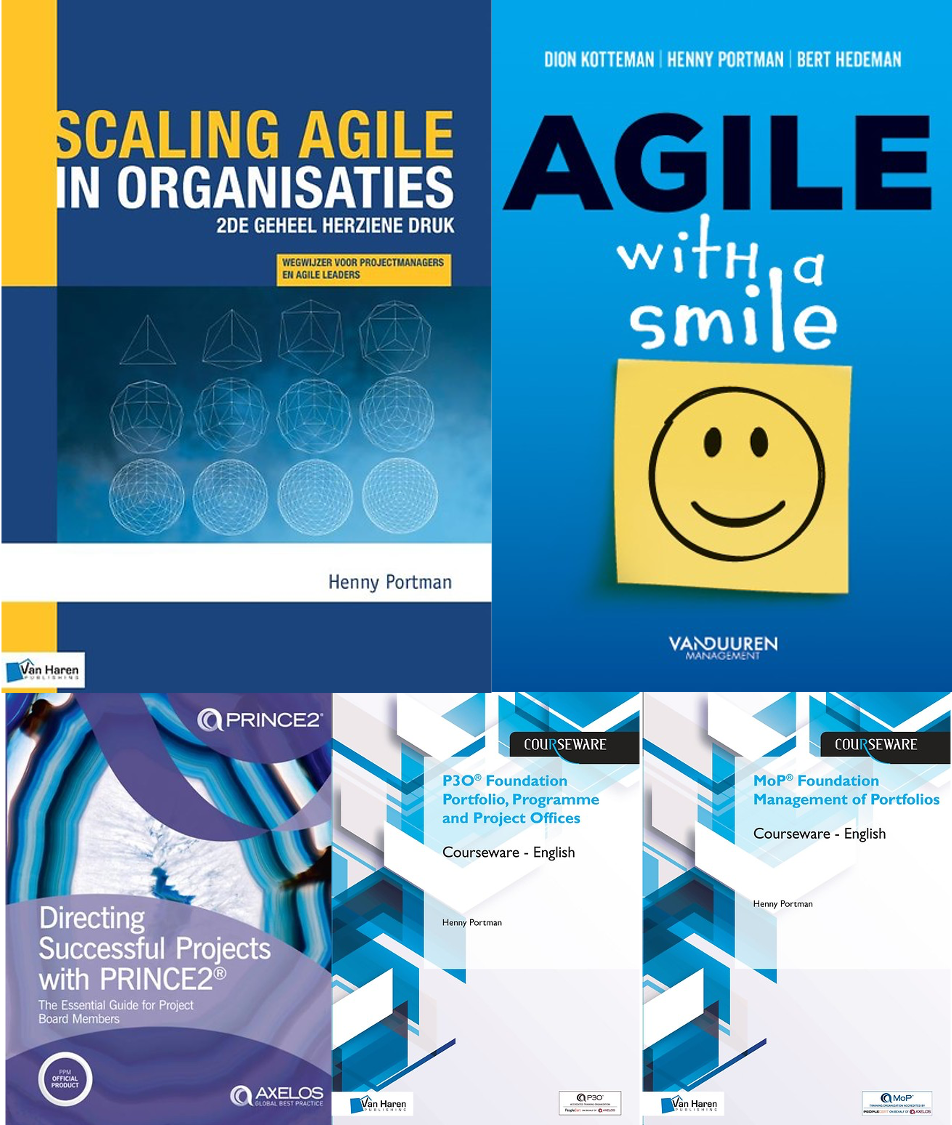



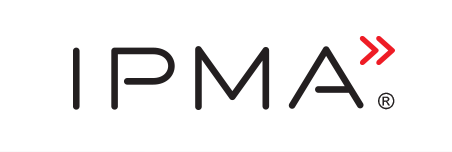

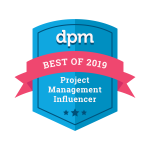




Pingback: Quick Reference Cards in 2020 | Henny Portman's Blog
Pingback: Overview of my year 2020 book reviews | Henny Portman's Blog